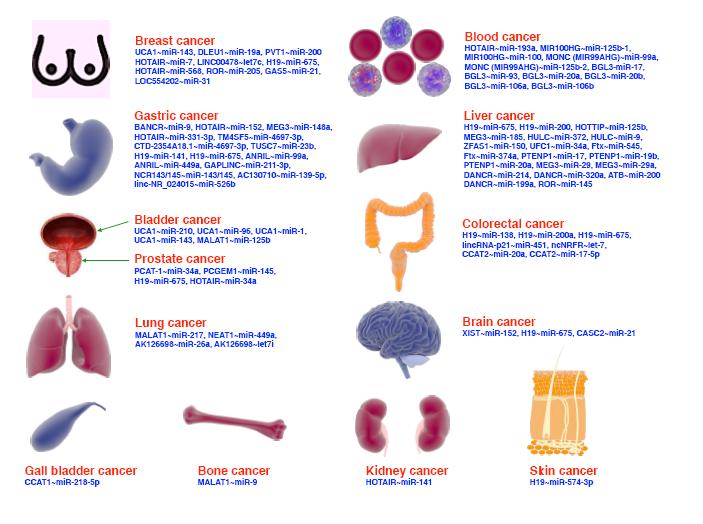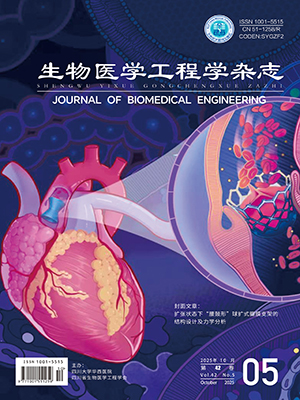| 1. |
Kendler K S. The development of Kraepelin's mature diagnostic concept of catatonic dementia praecox: A close reading of relevant texts. Schizophr Bull, 2020, 46(3): 471-483..
|
| 2. |
Murray R M, Bhavsar V, Tripoli G, et al. 30 years on: How the neurodevelopmental hypothesis of schizophrenia morphed into the developmental risk factor model of psychosis. Schizophr Bull, 2017, 43(6): 1190-1196..
|
| 3. |
Vita A, De Peri L, Deste G, et al. Progressive loss of cortical gray matter in schizophrenia: a meta-analysis and meta-regression of longitudinal MRI studies. Transl Psychiatry, 2012, 2(11): e190..
|
| 4. |
Rapoport J L, Giedd J N, Gogtay N. Neurodevelopmental model of schizophrenia: update 2012. Mol Psychiatry, 2012, 17(12): 1228-1238..
|
| 5. |
Shen C L, Tsai S J, Lin C P, et al. Progressive brain abnormalities in schizophrenia across different illness periods: a structural and functional MRI study. Schizophrenia (Heidelb), 2023, 9(1): 2..
|
| 6. |
Jiang Y C, Luo C, Li X, et al. Progressive reduction in gray matter in patients with schizophrenia assessed with MR imaging by using causal network analysis. Radiology, 2018, 287(2): 633-642, 729..
|
| 7. |
Howes O D, Cummings C, Chapman G E, et al. Neuroimaging in schizophrenia: an overview of findings and their implications for synaptic changes. Neuropsychopharmacology, 2023, 48(1): 151-167..
|
| 8. |
Prasad K, Rubin J, Mitra A, et al. Structural covariance networks in schizophrenia: A systematic review Part I. Schizophr Res, 2022, 240: 1-21..
|
| 9. |
Alexander-Bloch A, Giedd J N, Bullmore E T. Imaging structural co-variance between human brain regions. Nat Rev Neurosci, 2013, 14(5): 322-336..
|
| 10. |
Palaniyappan L, Park B, Balain V, et al. Abnormalities in structural covariance of cortical gyrification in schizophrenia. Brain Struct Funct, 2015, 220(4): 2059-2071..
|
| 11. |
Goodkind M, Eickhoff S B, Oathes D J, et al. Identification of a common neurobiological substrate for mental illness. JAMA Psychiatry, 2015, 72(4): 305-315..
|
| 12. |
Prasad K M R, Patel A R, Muddasani S, et al. The entorhinal cortex in first-episode psychotic disorders: A structural magnetic resonance imaging study. Am J Psychiatry, 2004, 161(9): 1612-1619..
|
| 13. |
Dazzan P, Arango C, Fleischacker W, et al. Magnetic resonance imaging and the prediction of outcome in first-episode schizophrenia: A review of current evidence and directions for future research. Schizophr Bull, 2015, 41(3): 574-583..
|
| 14. |
Evans A C. Networks of anatomical covariance. NeuroImage, 2013, 80: 489-504..
|
| 15. |
Chen X, Jiang Y C, Chen L, et al. Altered hippocampo-cerebello-cortical circuit in schizophrenia by a spatiotemporal consistency and causal connectivity analysis. Front Neurosci, 2017, 11: 25..
|
| 16. |
Fan L, Li H, Zhuo J, et al. The human brainnetome atlas: A new brain atlas based on connectional architecture. Cereb Cortex, 2016, 26(8): 3508-3526..
|
| 17. |
Shiskin J, Moore G H. Composite indexes of leading, coinciding, and lagging indicators, 1948-67// Supplement to NBER Report One. Cambridge: NBER, 1968: 1-8..
|
| 18. |
Di X, Zhang Z G, Biswal B B. Understanding psychophysiological interaction and its relations to beta series correlation. Brain Imaging Behav, 2021, 15(2): 958-973..
|
| 19. |
Yeo B T T, Krienen F M, Sepulcre J, et al. The organization of the human cerebral cortex estimated by intrinsic functional connectivity. J Neurophysiol, 2011, 106(3): 1125-1165..
|
| 20. |
Zhang Z Q, Liao W, Xu Q, et al. Hippocampus-associated causal network of structural covariance measuring structural damage progression in temporal lobe epilepsy. Hum Brain Mapp, 2017, 38(2): 753-766..
|
| 21. |
Malchow B, Keeser D, Keller K, et al. Effects of endurance training on brain structures in chronic schizophrenia patients and healthy controls. Schizophr Res, 2016, 173(3): 182-191..
|
| 22. |
Thompson P M, Bartzokis G, Hayashi K M, et al. Time-lapse mapping of cortical changes in schizophrenia with different treatments. Cereb Cortex, 2009, 19(5): 1107-1123..
|
| 23. |
Emsley R, Asmal L, du Plessis S, et al. Brain volume changes over the first year of treatment in schizophrenia: relationships to antipsychotic treatment. Psycholog Med, 2017, 47(12): 2187-2196..
|
| 24. |
Dietsche B, Kircher T, Falkenberg I. Structural brain changes in schizophrenia at different stages of the illness: A selective review of longitudinal magnetic resonance imaging studies. Aust N Z J Psychiatry, 2017, 51(5): 500-508..
|
| 25. |
Liloia D, Brasso C, Cauda F, et al. Updating and characterizing neuroanatomical markers in high-risk subjects, recently diagnosed and chronic patients with schizophrenia: A revised coordinate-based meta-analysis. Neurosci Biobehav Rev, 2021, 123: 83-103..
|
| 26. |
Luo N, Tian L, Calhoun V D, et al. Brain function, structure and genomic data are linked but show different sensitivity to duration of illness and disease stage in schizophrenia. Neuroimage Clin, 2019, 23: 101887..
|
| 27. |
Feng A C, Luo N, Zhao W T, et al. Multimodal brain deficits shared in early-onset and adult-onset schizophrenia predict positive symptoms regardless of illness stage. Hum Brain Mapp, 2022, 43(11): 3486-3497..
|
| 28. |
Torres U S, Duran F L S, Schaufelberger M S, et al. Patterns of regional gray matter loss at different stages of schizophrenia: A multisite, cross-sectional VBM study in first-episode and chronic illness. Neuroimage Clin, 2016, 12: 1-15..
|
| 29. |
Zhao C, Zhu J J, Liu X Y, et al. Structural and functional brain abnormalities in schizophrenia: A cross-sectional study at different stages of the disease. Prog Neuropsychopharmacol Biol Psychiatry, 2018, 83: 27-32..
|




